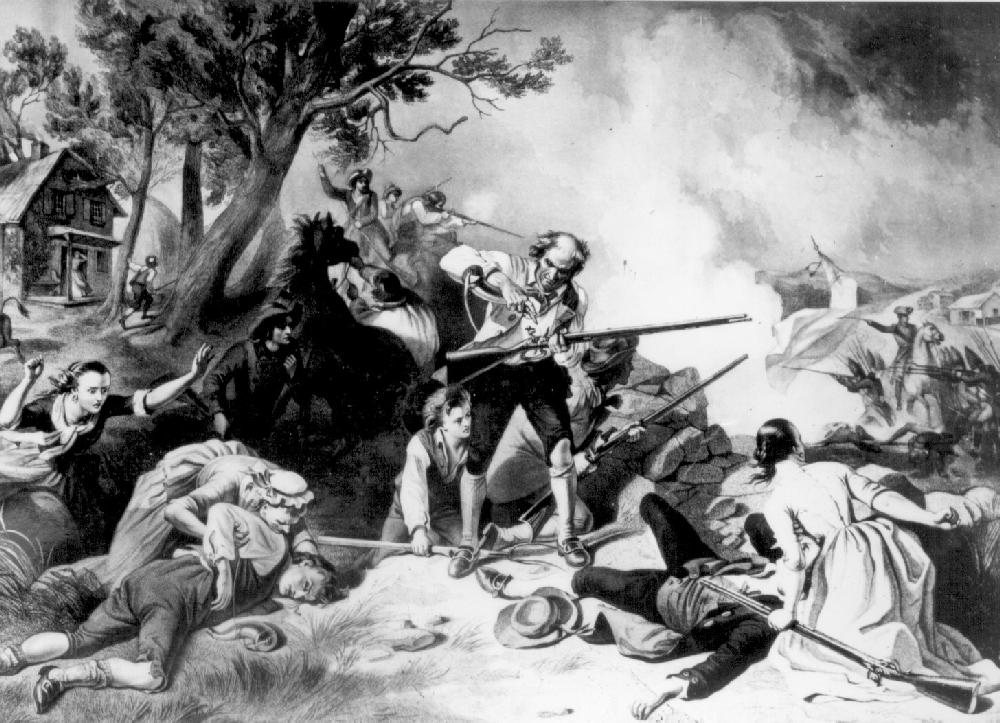
Figure 1.--F.O.C. Darley (1822-88) is perhaps best known as America’s first great illustrator, producing numerous images for books and magazines. His works adorned the works of Anmerica's great 19th century authors. He produced many historical images. This dramatic image of the Battle of Lexington was entitled 'First blow for liberty'. It is a classic representation of the fight for liberty by the American patriots. It was published just before the Civil War. Although beautifually done and stirring, they were not always very accurate. Here the Pariots around Lexington are shown defending their homes. This is not what hapened at Lexington, the British were after arms and munitions. It must be said that the British, however, could be extrodinarly brutal. Just before the Revolution the British came close to committing genocide in the Scottish Higlands (1740s). They were, however, more restrained in America. The Scotts-Irish who came to America would be among the most implacable foes of Britain. Darley’s influence through his illustrations and prints was such that one sources sees him as 'seminal in the forging of the American national identity'. The engraver was A.H. Ritchie. t the time psintings and illystrations had to be engravd to be publidhed. |

